The 11 Pros and Cons of Rammed Earth Construction
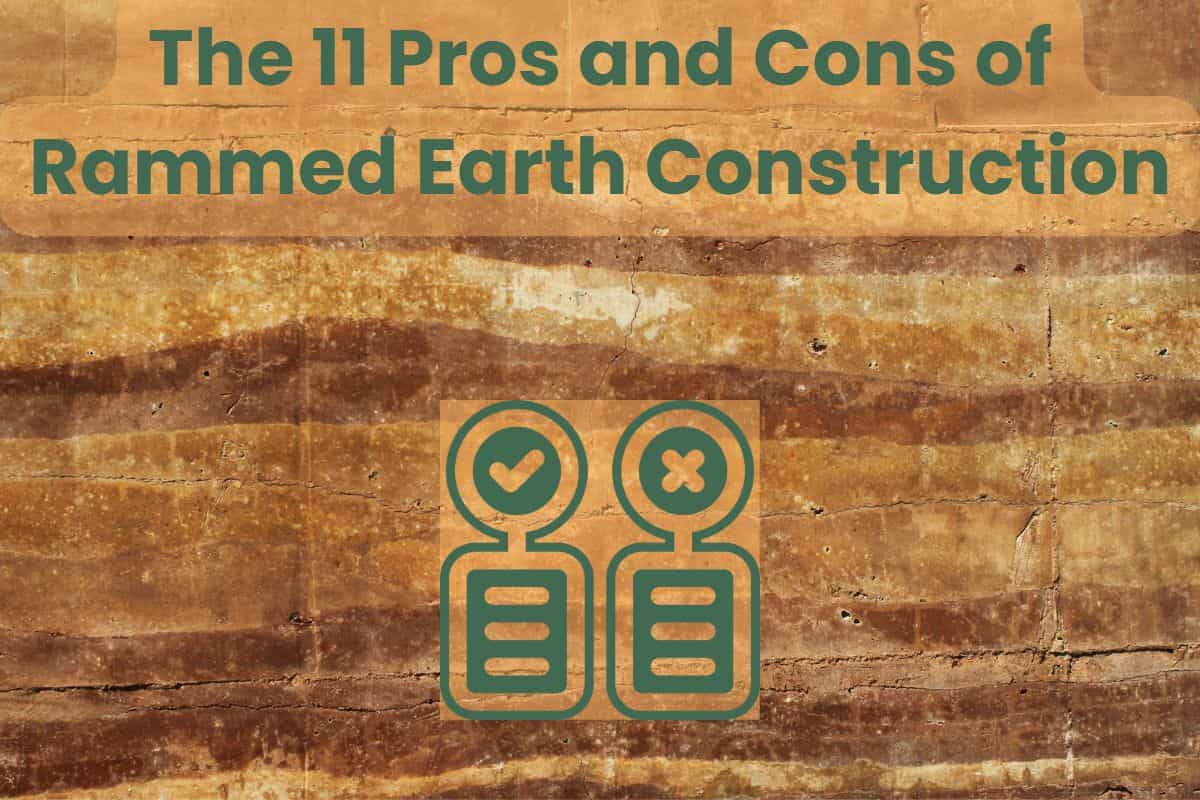
Rammed earth house construction can yield beautiful results if done correctly.
However, the elephant in the room is that you must learn the pros and cons of using that material. Will the pros of building a rammed earth house outweigh the cons for your construction needs?
Construction projects are often associated with high costs. Consequently, you want to be sure that the material you choose meets your project’s structural and environmental requirements.
Although less popular than other building methods, rammed earth construction may be your ideal choice. You can decide whether it meets your needs by assessing its pros and cons.
In the rest of this article, I’ll discuss the pros and cons of rammed earth construction. From its cost to the best type of insulation to go with it, you’ll get everything you need to make an informed decision about your project.
But first, let’s chat about all things ‘rammed earth construction.
The Pros of Rammed Earth Construction
1. Rammed Earth Homes are Highly Sustainable

The construction industry contributes 50 percent of global climate change. This is due to the use of conventional building materials like timber and concrete. Besides consuming a lot of energy, these materials contribute immensely to the waste in landfills and deforestation.
Shifting to sustainable building materials like rammed earth is the best way to mitigate the environmental impact of the construction industry.
Rammed earth uses natural materials that are readily available in most regions. This eliminates the need to transport materials using fossil fuels, contributing to global warming.
Moreover, rammed earth construction doesn’t consume energy because it only involves mixing aggregates and ramming them.
Rammed Earth Vs Concrete
From a technical point of view, concrete has 635 kg of embodied carbon per cubic meter. On the other hand, rammed earth has an average of 48 kg of embodied carbon per cubic meter. This proves that rammed earth is suitable for reducing the greenhouse gas emissions of your construction project, especially when compared to concrete.
2. A Rammed Earth House Offers Excellent Heat Retention
The heat retention rate for any wall system is directly proportional to its thermal mass.
A rammed earth house with high thermal mass will absorb and store heat from the sun. Then, when the temperature gets cold, especially in the morning, evening, and night, it releases the stored heat to keep the room warm.
Rammed earth walls boast a higher thermal mass due to their high density of 1,540 kg/m3. The high density is attained by mixing and ramming clay, sand, gravel, and silt.
When a wall is constructed with rammed earth, it absorbs heat during the day and slowly releases it in the evening when temperatures drop. This reduces the need for artificial heating and cooling in rammed earth homes, helping save energy and money.
3. Highly Fireproof
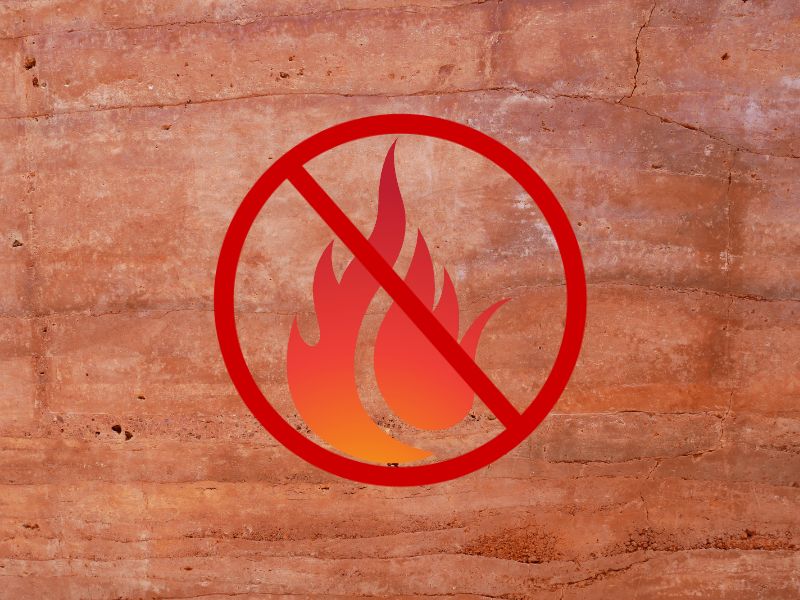
Rammed earth is highly fireproof thanks to its high density. In addition, denser walls prevent a fire from spreading more quickly.
This makes rammed earth suitable for building homes in regions prone to wildfires or other fire disasters.
4. It’s Highly Versatile
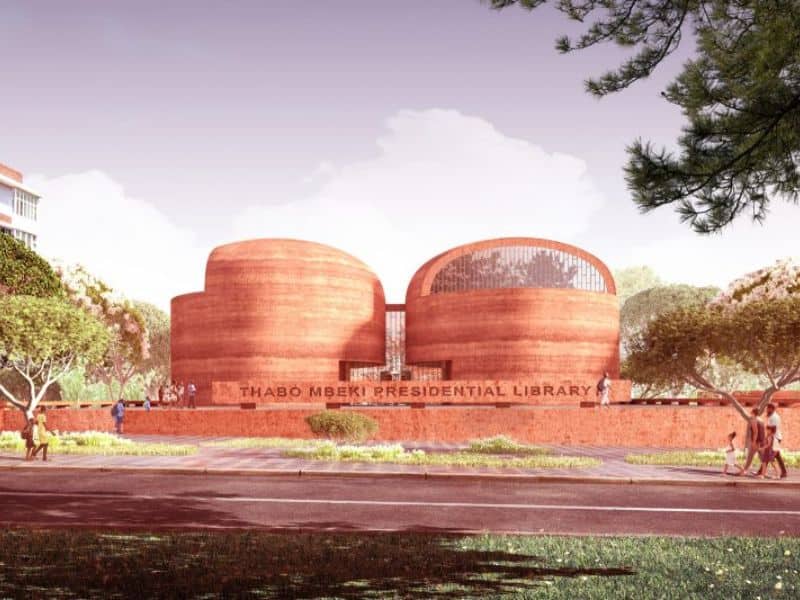
Architects find it easy to style rammed earth homes in different ways.
Rammed earth offers many design possibilities due to its flexibility and diversity in color, texture, and shape.
The high versatility means you can create something beautiful and unique.
5. Rammed Earth Houses Are Highly Durable
Rammed earth construction is your go-to technique if you want a long-lasting structure.
Rammed earth can last more than 1,000 years, making it an ideal selection for people who want to leave something behind for future generations.
The high durability of this material is based on its excellent resistance to fire and pests.
6. Low Maintenance
Unlike other construction materials, rammed earth doesn’t require regular ongoing maintenance.
Once rammed earth walls are in place, they don’t need painting or any other treatment to remain strong and beautiful for years.
The low maintenance requirement makes it an ideal choice for people who don’t have time to maintain their rammed earth homes.
Once your structure is up, you can enjoy a carefree life for 10 to 20 years.
The Cons of Rammed Earth Construction
7. Highly Susceptible to Water Damage

Rammed earth is made from natural materials – sand, clay, silt, and gravel.
Although the materials are highly durable and strong, they are not waterproof and, as a result, become weak if exposed to water for a long time. This can cause structural damage to your rammed earth wall.
Since rammed earth is not waterproof, you must take steps to protect it from water. One way to do that is by building efficient drainage systems.
Alternatively, waterproof the walls using a water-based silicone admixture like plasticure.
8. A Rammed Earth House Can Be Costly
Contrary to popular belief, rammed earth construction is costly, even more than its concrete counterpart.
Rammed earth construction can only be cheap if you’re sourcing the materials locally and doing the work yourself. Otherwise, prepare to dig deeper into your pockets.
The process requires substantial labor and skilled professionals to mix, ram, and shape the aggregates into a durable wall.
The fact that soil is everywhere doesn’t mean you can get the best soil for rammed earth construction anywhere. Sometimes, you may have to source the soil from a different site. In this case, you’ll incur transportation costs.
To put the cost issue of building with rammed earth vs concrete into perspective, building with concrete costs between $4 and $8 per square foot, depending on factors like labor and concrete thickness.
On the other hand, rammed earth construction costs between $50 and $225 per square foot.
Although rammed earth construction is costly, its long-lasting benefits and sustainability make it worth the price.
9. It’s Time-Consuming
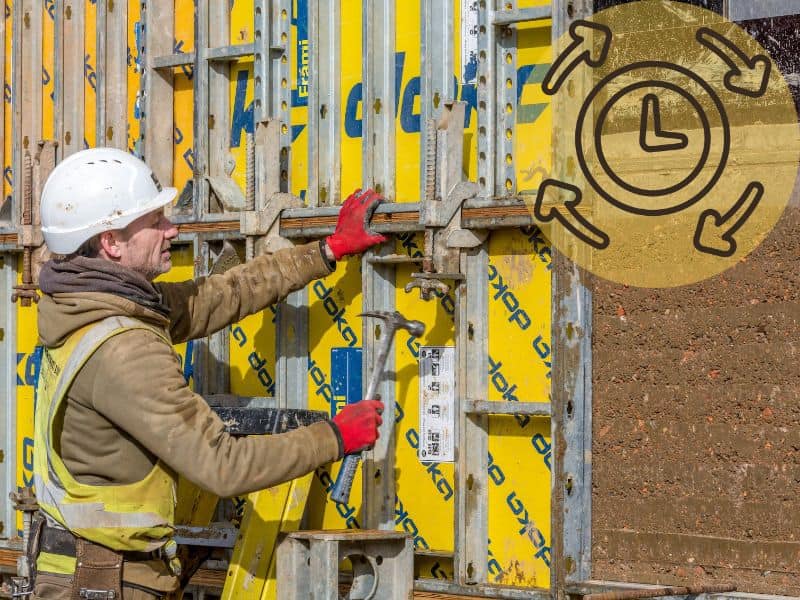
Constructing a rammed earth wall takes time, so don’t expect to finish building your home overnight.
You need to prepare and mix the soil with an appropriate amount of water for better compaction. You must also build shuttering to form the wall and ram the soil in layers.
After putting up the wall, you must wait for it to cure before finishing.
The slow process means you must wait a few weeks or months before the structure is ready for use.
However, the time-consuming nature of this method ensures you get a quality structure with long-lasting benefits.
It’s worth mentioning that rammed earth is prone to cracks during the curing process. However, the cracks are not a big deal since they’re non-structural.
10. Poor Insulation
As already mentioned, a rammed earth house has a high thermal mass, which means it can absorb heat during the day and release it slowly at night, smoothing out fluctuations in temperature and minimising the need for heating and cooling.
Rammed earth on its own is not especially insulating, with a lower R-value of 0.4 per inch. A lower R-value means that the material has poorer insulation.
Therefore, if you need a material that offers good insulation, consider other sustainable materials with higher R-values, like straw bale and cork.
If you are going to use rammed earth, you could consider insulating it with rigid foam-based insulation.
Insulating your rammed earth walls will help to reduce energy costs for heating and cooling.
11. Lack of Building Codes
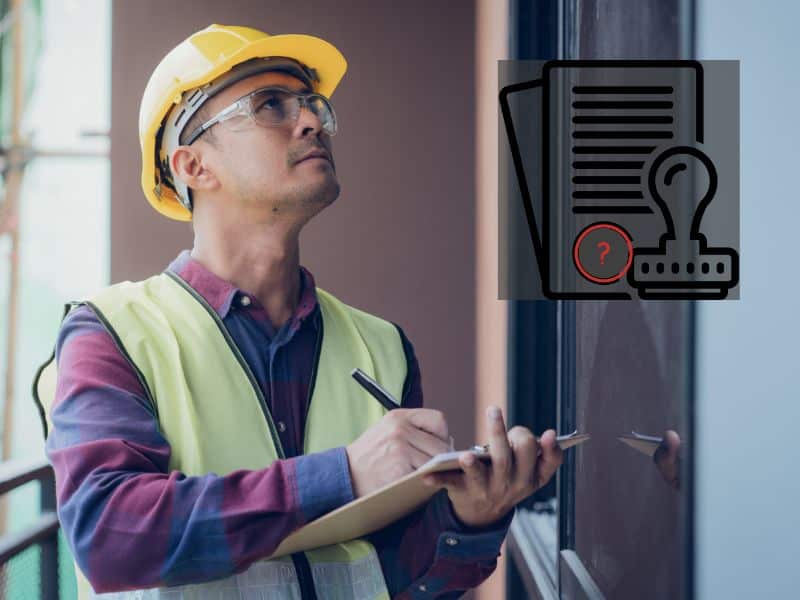
Natural construction methods like rammed earth are not considered conventional in some countries. Therefore, there are no specific standards and codes for these types of construction in such countries.
The lack of building codes makes getting building permits for rammed earth construction hard. Furthermore, getting insurance for rammed earth construction can be challenging, making it a risky investment.
In other countries, using rammed earth may be permitted under unconventional codes. In this case, you’ll have to hire a specialized engineer to help you meet the standards.
Therefore, if you want to use this method, it’s vital to first research the policies in your area before starting any construction work.
Final Thoughts On The Pros and Cons of Rammed Earth Construction
Rammed earth construction presents a unique set of pros and cons that must be considered before embarking on a building project.
It is highly sustainable, particularly if suitable materials can be obtained locally. It’s also very durable and fireproof.
However, the costs of building with rammed earth vs concrete or other more common materials is much greater, partly due to the time-consuming building process. There’s also a lack of building codes for a rammed earth house in some countries.
As with any construction method, weighing the benefits of rammed earth construction against its drawbacks is essential to determine if it fits your needs and goals.
If you are building a rammed earth house, you might wonder if the same material can be used for floors. Check out this article discussing whether you can use rammed earth for floors.


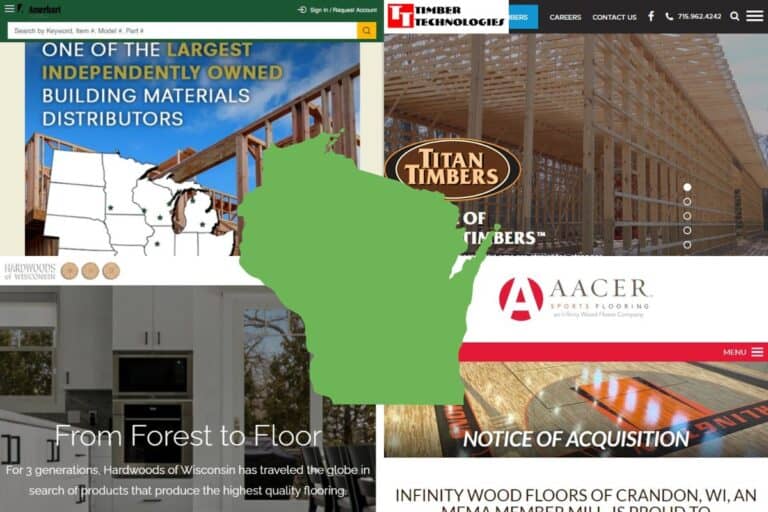





Useful information. Thank you. It informs my decisions going forward for a next home project.
Thanks for taking the time to comment, Ben. Good luck with your rammed earth home construction project!
Thank you for the very helpful guide and information on rammed earth construction. I’m considering this method for indoor walls.
You’re very welcome, Miles. I love the look of interior rammed earth walls and wish you well in your project. It would be great if you could send some pictures of the finished wall that we could share with our other readers.
I have a house made from rammed earth – Taipa in Portuguese. It’s withstood multiple earthquakes and several massive fires over the last 80-100 years. No problems with damp or humidity. Super healthy organic material! The downside: I know of no way to remove a section or cut in without creating a dust and mud tsunami. It is vastly more difficult to remove than drywall, brick, concrete, straw etc. if anyone knows of a way i’d love to learn it!
What you are saying about high thermal mass being somehow an inverse of R value is wrong. The only reason that is sometimes true is because many insulators are low density (not thermal density, just density or unit weight); since the thing doesn’t weigh much, its thermal weight (thermal density * actual weight) is relatively low.
R-value, which is the inverse of the U-value, has to do with thermal transfer through something, and basically boils down to heat transfer mechanisms within the structure, such as coefficients of thermal conductivity considered against conductive pathway lengths and cross-sectional areas. Things with high thermal mass may be reasonable insulators. Some excellent low cost insulators (such as batt fiberglass insulation) work by extending thermal conduction pathways by including air pockets. A superior insulator would be vacuum sealed steel, which weighs much more.
Caputring thermal mass within the insulation envelope only helps, while your article implies that it would be somehow “the opposite” of the insulation. Take a look at ICF houses, which have fantastic thermal mass and insulation.
Yes you’re right. Thanks for pointing out the inaccuracy in the article. I’ve updated the relevant section. I appreciate you taking the time to comment.